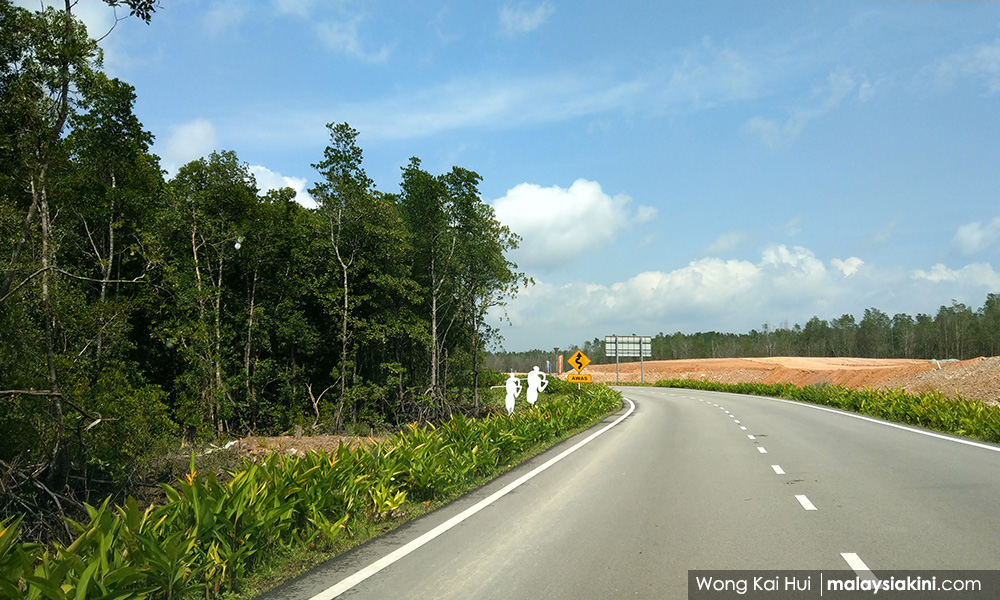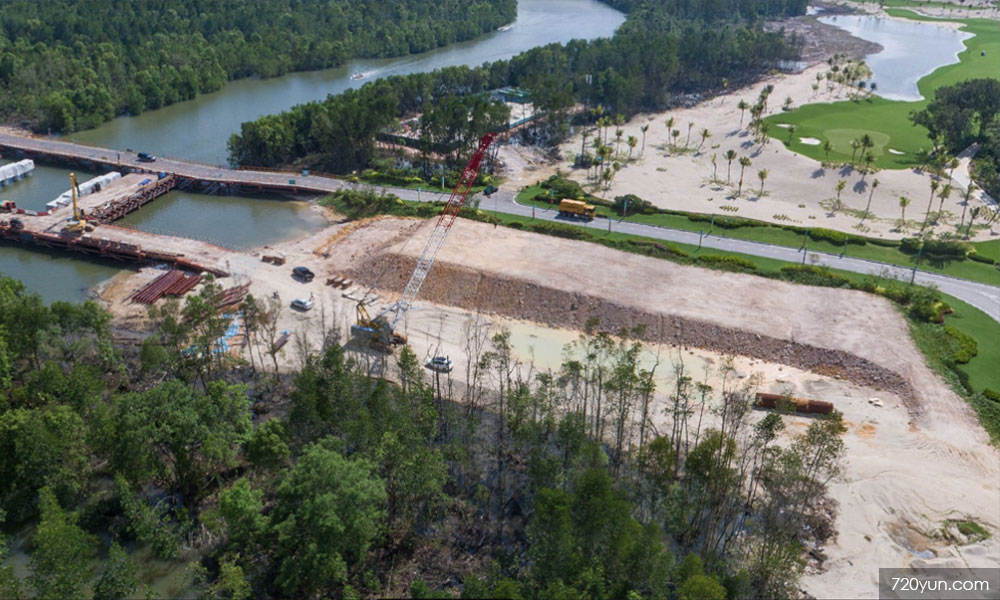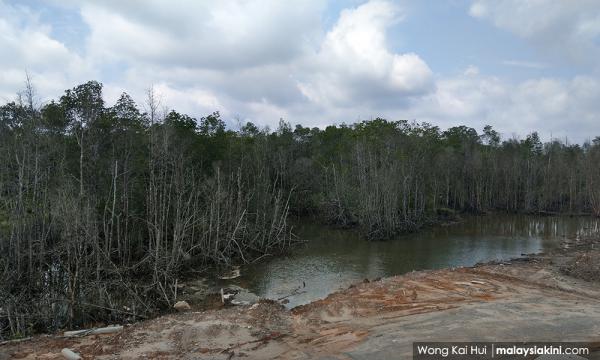LETTER | Do you know about the water issue in Johor? Early this year, after a pollution-induced water disruption, Johor had to request additional treated water from Singapore. Last week, Sungai Lebam, Upper Layang, Sembrong Barat and Lok Heng Dam in Johor were reported to be approaching their respective critical levels, due to the prolonged dry weather. By now, Johoreans should be familiar with the looming water crisis that has been plaguing them over the past 10 years.
In Johor, 80 percent of raw water come from rivers and the remaining 20 percent come from dams. Sungai Pulai contributes about four percent of raw water to the state. Although its contribution pales in comparison to that of Sungai Johor’s 56 percent, Sungai Batu Pahat’s 15 percent or Sungai Muar’s 14 percent, Sungai Pulai is nonetheless indispensable, especially in times of emergency and given the predicted increase in water demand.
If Johoreans, especially those who have experienced frequent water disruption and rationing, are confident that the Sungai Pulai development will not negatively impact the state's water resources, and that development should be prioritised, then I have nothing else to say.
Do you know about the ecosystem services provided by mangrove forests? Sungai Pulai mangrove forest plays a crucial role in flood prevention and shoreline protection in the adjacent 38 villages. On the other hand, I do not know of any study that suggests golf courses are capable of fulfilling the same roles.
Surely, Johoreans have not forgotten about the 2018 flood. How much damage did the flood cause? How much is the state paying for flood control each year? Perhaps someone should estimate how much the state has to cough up for flood and erosion control at Sungai Pulai, if the mangrove forest “disappears”.

If Johoreans, especially those who live in the adjacent 38 villages, are confident that the Sungai Pulai development will not cause shoreline erosion and floods, and that golf tourism is much preferred, then I have nothing else to say.
Do you know about the rich biodiversity supported by the Sungai Pulai mangrove forest? As one of the seven Ramsar sites in Malaysia, the Sungai Pulai mangrove forest has its biodiversity well documented. Also, the single largest seagrass bed in Malaysia lies at the mouth of Sungai Pulai. Dugongs, seahorses and various fishes (read the book SOS Files: A Journey to Sungai Pulai) visit the seagrass bed to seek shelter and food. The ecotourism industry and fishing communities nearby rely heavily on the forest reserve and seagrass bed to make a living.
If Johoreans, especially those from the communities nearby, are confident that the Sungai Pulai development will not negatively affect their sea resources and livelihoods, and that it is better to have the 1,200 job opportunities, then I have nothing else to say.
On a different note, three questions have been pestering me since the exposure of the Sungai Pulai development.

First, was the now-developed area in the forest reserve actually degazetted before development took place? If it was not, then the development is downright illegal. Surely the Forestry Department can shed light on this matter.
Second, is there an Environmental Impact Assessment (EIA) report prepared for the development? According to the Department of Environment’s 'Environment Requirements: A Guide For Investors', an EIA approval is required from the Director-General of Environment for any conversion of mangrove swamps for industrial, housing or agricultural use covering an area of 50 hectares or more. For certain, the golf course and hotel development at Sungai Pulai were not mentioned in the EIA report for the Forest City Island reclamation and mixed development project. Perhaps the Department of Environment can enlighten us.
Third, what is there to hide? What truly bothers me about this development is the lack of transparency, which I cannot tolerate or condone. Development at an environmentally sensitive area without public announcement and stakeholder consultation is a no-no. To put it simply, if something smells fishy, something must be rotten.
Lastly, Johoreans should ask themselves this one question. Who stands to benefit the most from the Sungai Pulai development? Once the name and major shareholders of the company responsible for the development are revealed, then I trust Johoreans will have a better picture of the situation.
The views expressed here are those of the author/contributor and do not necessarily represent the views of Malaysiakini.


